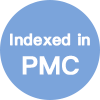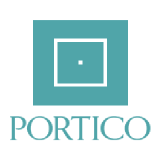fig2

Figure 2. Choline-mediated increase in TMA was significantly reduced by GOS. Trendlines illustrating relative TMA conversion levels on treatment with (A) choline; (B) glycerophosphocholine; and (C) phosphoric choline across 0 h, 4 h, 8 h, and 24 h time points with different prebiotics (GOS, FOS, inulin). Whisker plot showing relative TMA levels across GOS (G); FOS (F); and inulin (I). Bar plot showing (E) TMA and (F) choline levels across control, control + GOS, choline, and choline + GOS. The ex vivo cultures include control (without prebiotics), choline, and choline + GOS. RNA was extracted, converted to cDNA, and analyzed by real-time quantitative PCR (qPCR) to quantitate (G) the transcript levels of cutC relative to the control. The qPCR product was run on 1X tris acetate ethylenediaminetetraacetic acid (TAE)gel in the following order: ladder, positive control (Desulfovibrio desulfuricans), negative control (no template control), control, choline, and choline + GOS. Student’s t-test was used to analyze the TMA, choline, and cutC levels, with data shown as mean ± SEM. ***: P value < 0.001, **: P value < 0.01, *: P value < 0.05 compared to respective controls. Each data point in the analysis represented an individual subject (n = 4) and all experiments were performed in triplicates. C0 denotes the concentration at 0 time point and Ci indicates the concentration of metabolites at individual time point. cutC: choline trimethylamine-lyase; TMA: trimethylamine; GOS: galactooligosaccharides; SEM: standard error of the mean.









